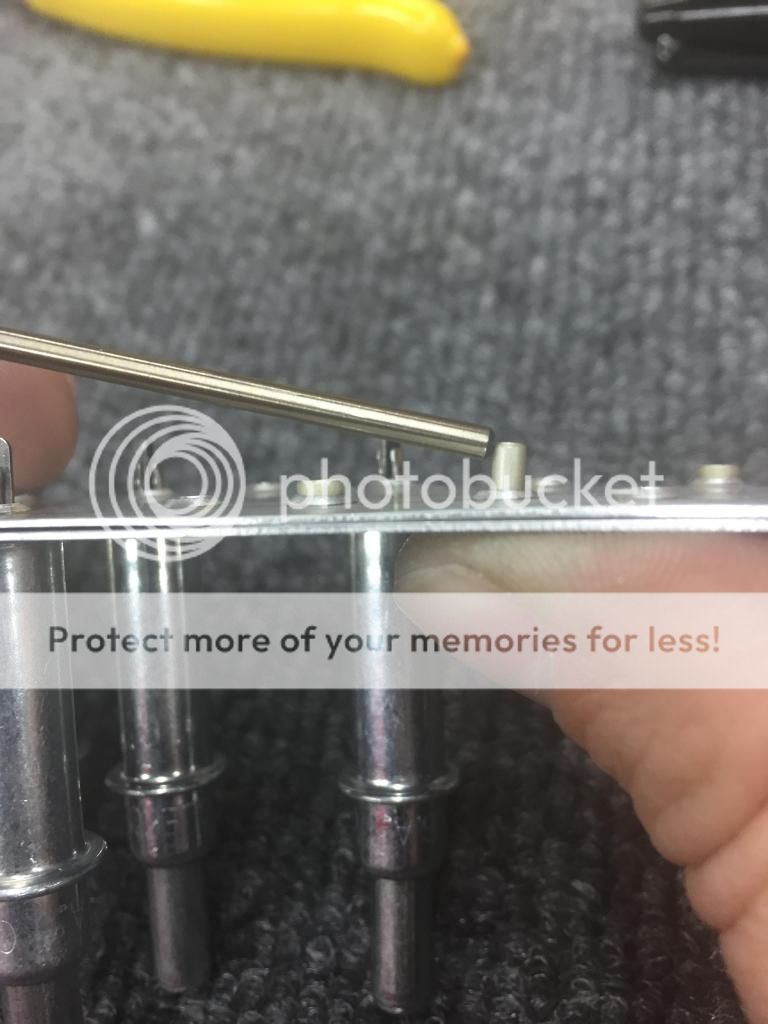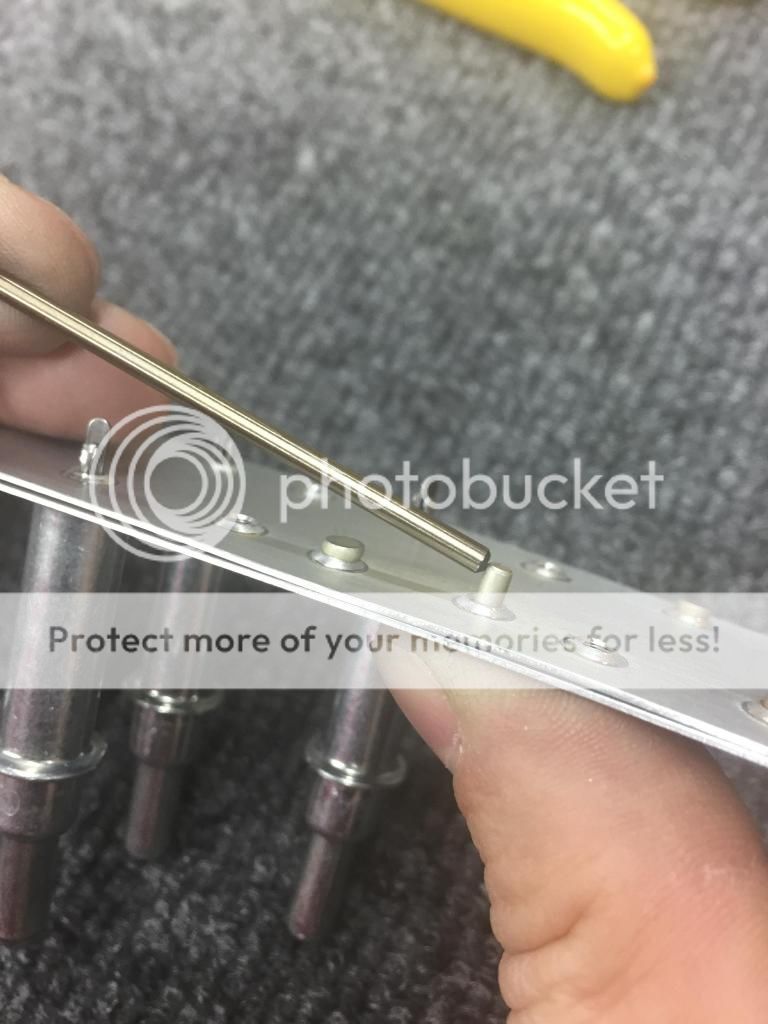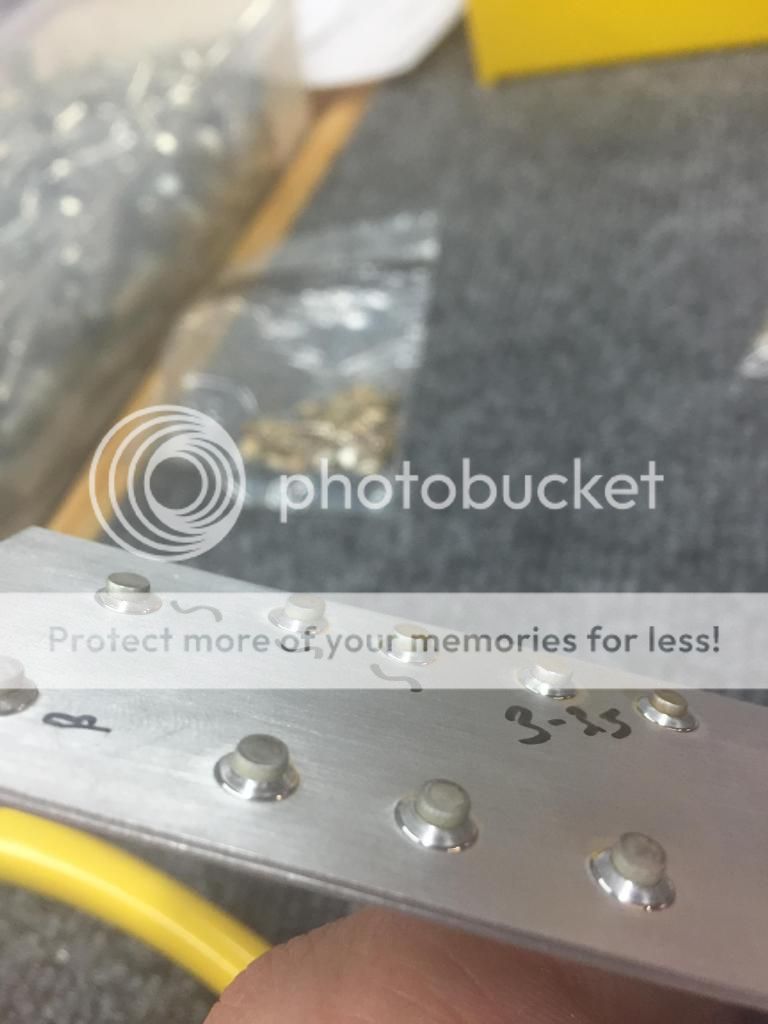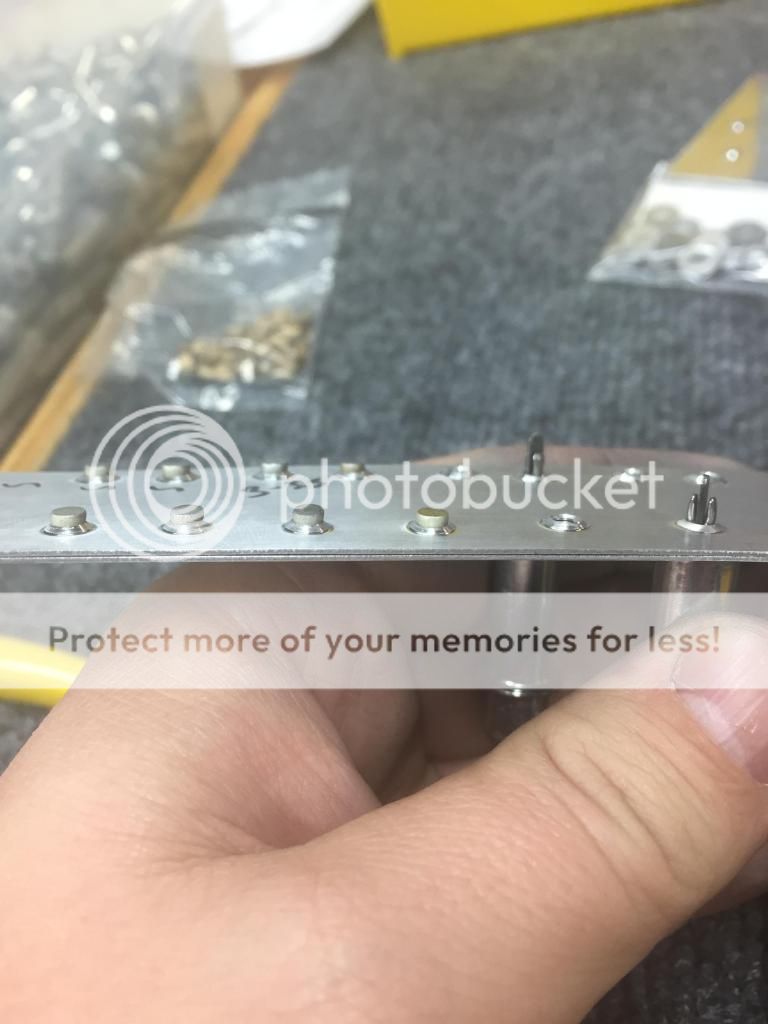ijustwannafly
Well Known Member
I apologize if this is not posted in the correct place. As the title indicates im having some issues with my squeezer or possibly operator error??
I have the Isham tool kit and im just practicing away over here with various things as I start my 7 emp kit
Originally I thought the bucking was going to be the hard part. Turns out it is the only thing I can do with out messing things up.
It seems my Pneumatic Squeezer is mushing rivets to the side or "cleating" them
At first I thought my adjustable set holder was bent. I ordered a new one and got the same mushed over results as my originally adjustable set holder. I tried the non adjustable version with shims and that still mushed shop heads over.
I have since tried different yokes, double checked material thickness and so on.
Originally I was practicing with two pieces of .020 and a 3-3
Someone told me that it was hard to get things right on that thin of material. Today I made a small practice piece with two sheets of .032 and did the math and came up with a 3-3.5 which seemed logical.
The results were pretty bad. I can buck rivets better then what I got out of my squeezer today. Does anyone have any suggestions on what im doing wrong?
You will also notice there is two pictures with me pushing on the rivet with a drill bit. I wanted to show in the pictures how much play there is in the hole after it is dimpled. Does this look normal? It had a good bit of movement in there. I of course double checked the correct bits and dies were used. Also just a side note, pay no attention to the really short rivet in one of the pictures. It was a length experiment




I have the Isham tool kit and im just practicing away over here with various things as I start my 7 emp kit
Originally I thought the bucking was going to be the hard part. Turns out it is the only thing I can do with out messing things up.
It seems my Pneumatic Squeezer is mushing rivets to the side or "cleating" them
At first I thought my adjustable set holder was bent. I ordered a new one and got the same mushed over results as my originally adjustable set holder. I tried the non adjustable version with shims and that still mushed shop heads over.
I have since tried different yokes, double checked material thickness and so on.
Originally I was practicing with two pieces of .020 and a 3-3
Someone told me that it was hard to get things right on that thin of material. Today I made a small practice piece with two sheets of .032 and did the math and came up with a 3-3.5 which seemed logical.
The results were pretty bad. I can buck rivets better then what I got out of my squeezer today. Does anyone have any suggestions on what im doing wrong?
You will also notice there is two pictures with me pushing on the rivet with a drill bit. I wanted to show in the pictures how much play there is in the hole after it is dimpled. Does this look normal? It had a good bit of movement in there. I of course double checked the correct bits and dies were used. Also just a side note, pay no attention to the really short rivet in one of the pictures. It was a length experiment




Last edited:




